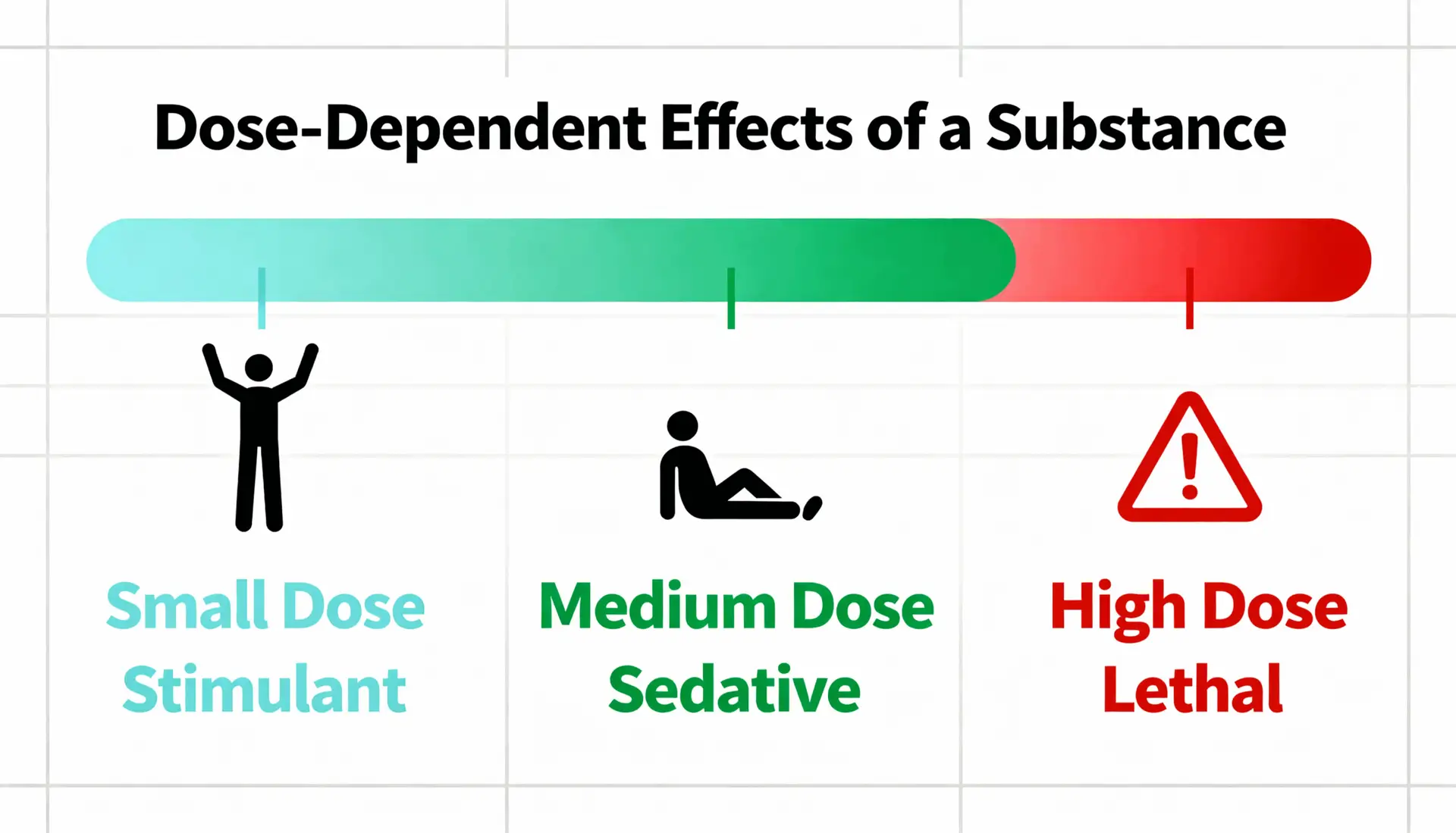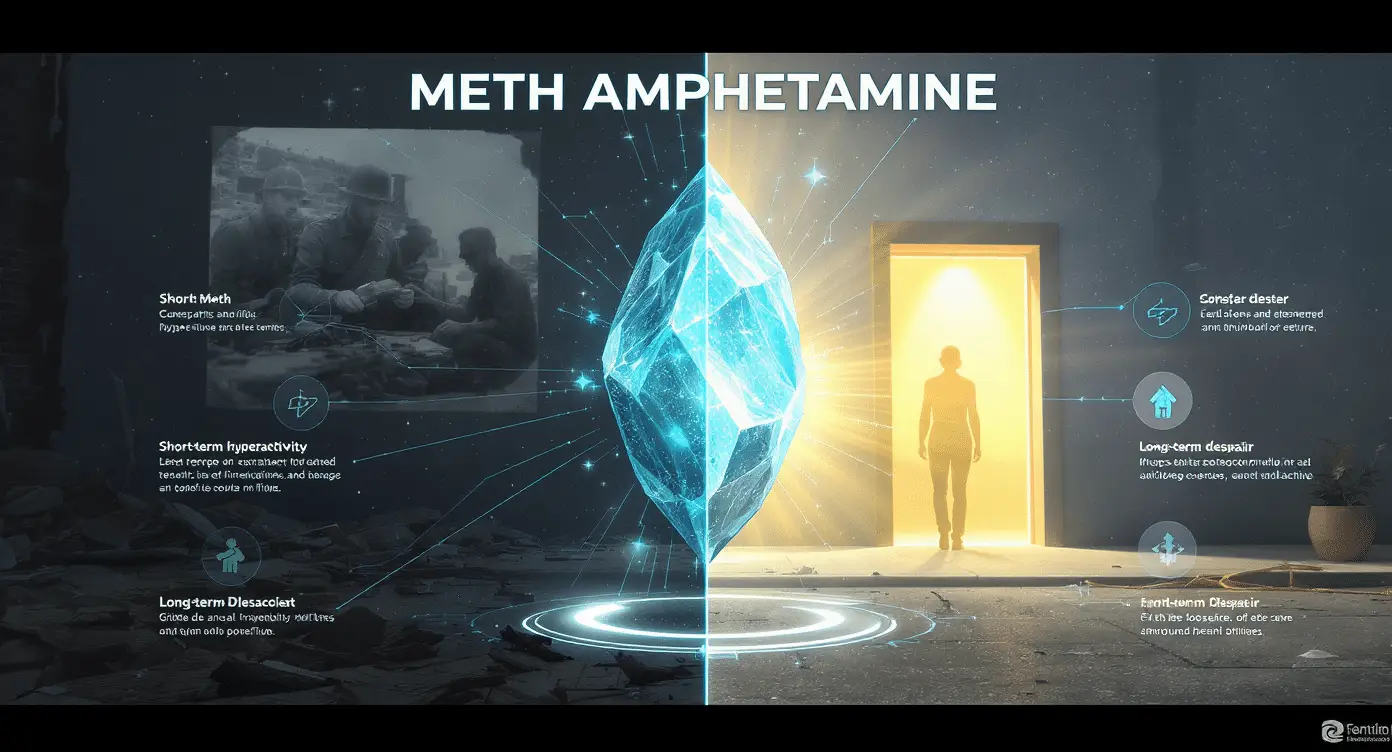A Dangerous Crisis Hidden by Liberal Policies
The Czech meth crisis is one of Europe’s most overlooked drug problems. While the Czech Republic is known for its liberal approach to drugs and high cannabis use, another reality is unfolding. The country faces a serious and growing epidemic of methamphetamine—called Pervitin—produced and consumed on a massive scale.
Pervitin: A Local Drug with National Impact
Methamphetamine has deep roots in Czech society. Since the communist era, it has been made in small “kitchen labs” across the country. Today, these labs are still active, often in regular homes.
Because it is cheap and easy to find, Pervitin is now the most used high-risk drug in the country. Many people inject it, which increases the risk of disease, mental health problems, and total life breakdown.
Cannabis: Widely Accepted, Widely Used
Cannabis is the most popular drug in the Czech Republic. Around 25% of young adults have used it in the past year. The country has moved toward decriminalization, and there is talk of creating a legal market.
However, this normalization can be dangerous. It might make other drugs seem less risky. As a result, some young people move from cannabis to harder substances like methamphetamine.
Czech Republic: Europe’s Meth Factory
The Czech meth crisis doesn’t only affect local users. The country is also one of the biggest producers of meth in Europe. Many small labs serve local demand, while bigger ones—often run by organized crime—export to Germany and other nearby countries.
Because of this, the Czech Republic plays a major role in Europe’s growing meth problem. Authorities try to stop these labs, but the small scale and secret nature of production make it hard to control.
Harm Reduction: A Good System, But Not Enough
One of the country’s strengths is its harm reduction network. There are many needle exchange programs, support centers, and outreach services. These programs have helped reduce the spread of HIV and other diseases.
Still, the number of overdose deaths—around 60 in 2022—is a warning sign. As synthetic opioids like fentanyl spread in Europe, Czech users could face even greater risks. Harm reduction saves lives, but it cannot stop addiction at its source.
Real Recovery for the Czech Meth Crisis
To solve the Czech meth crisis, we need more than good policies. People must have a way to recover completely—not just manage their addiction.
This is where the Narconon program makes a real difference. It offers:
- A drug-free detox that removes residues from the body
- Life skills courses that restore personal strength
- A full method to rebuild responsibility and confidence
Narconon does not use substitute drugs. Instead, it helps people become strong, stable, and drug-free for good.
Take Action Today
Someone you love might be struggling with the Czech meth crisis. Take action now and find real help.
👉 Contact Narconon Europe
Sources:
- European Monitoring Centre for Drugs and Drug Addiction (EUDA) / European Drug Report
- Czech National Monitoring Centre for Drugs and Addiction
- Reports from the Government of the Czech Republic on drug policy and strategy
- Data synthesized from national and European reports on the drug situation.



